
Review: Hitachi CP-HD9321 Short-Throw Projector
Full HD Digital Presentation Projector with FL-900 Ultra Short Throw Lens.
Review:/ Stephen Dawson
Some projectors are designed to throw their image at the screen from a great distance, while others can be sited close to the screen. The Hitachi CP-HD9321 can do both depending on the lens you choose. While it looks like a large, conventional installation projector, fitted with the FL-900 lens that was provided for review, it becomes an ultra short throw projector.
DOUBLE TIME
Before getting into that, let’s look at the projector proper. As implied, it’s fairly large. In part that’s to hold some impressive internal duplication. Not only are there two lamps, there are two colour wheels.
The projector uses single-chip DLP as its operating principle (as the use of colour wheels implies) and offers a full HD display (ie. 1920×1080 pixels in 16:9 aspect).
There are five digital video inputs: two HDMI, one DVI-D, one HDBaseT and one SDI, so you can run cables a long way. There’s also old-fashioned computer analogue and composite video, plus standalone Ethernet (you don’t have to share the HDBaseT port) and a USB socket for a WiFi dongle.
The unit is Crestron automation-compatible and has an RS232C socket. A small LCD display on the side near the connections and controls shows the projector and signal status.
The twin lamps can be set to Dual mode – both operating – or Alternate mode, which is one at a time. Or you can select either Lamp 1 or Lamp 2 to run solo. With Alternate mode, the projector will generally load balance the lamps upon power-up, but you can set it to cycle between the two at a time that you set: 6, 12, 18 or 24 hours, or one week. This is in case of a permanent-on operation.
The lens is, of course, rather more complicated than the usual projector lens because it must cast the image sharply upwards (or downwards) against a nearby screen. And that means a mirror in addition to a lens. Most of the FL-900 lens is actually outside of the body of the projector, quite wide and acts as a housing for that mirror. The image is reflected up and back, through a transparent cover to protect from dust and such, over the top of the projector to a screen mounted behind it.
Keystone distortion and inconsistent focus would be out of control from a normal projector with such a placement, and digital correction would severely degrade image quality, so all the correction is done optically: the lenses contained within the lens body adjust the geometry of the picture so that after being reflected from the mirror (which itself is heavily curved) the picture will be square and evenly focused.
Should this lens not meet your requirements, there are seven other lens options, including other short throw lenses, through more or less regular zoom models, through to an ultra long throw lens, with prices ranging from $1589 through to $6659.
The projector is designed so that you can use two units together. ‘Instant Stack’ allows the two images to overlay for special purposes. The edge blending function allows two side-by-side projectors to produce a seamless wide image.
INSTALLATION: MILLIMETRE PERFECT
It turned out that installing the lens was extremely easy. It was a simple matter of pulling out a foam plug, sliding up a lightly spring-clipped panel, removing a lens cap and inserting the end of the lens into the body of the projector. A push up of a locking lever and a replacement of the removable panel, and it was done.
Setting up was fairly straightforward aside from the inherent care one must take when positioning a short throw projector. The shorter the throw, the finer the tolerances in getting the projector-to-screen geometry spot on. Just the smallest nudge can throw things right out.
For example, my regular screen hangs from the ceiling and the laws of gravity dictate that it leans a degree or so inwards at the top. That resulted in a quite marked keystone effect, with a narrowing of the image at the top (with the projector throwing its image upwards). And because of the internal optical adjustments of picture geometry, it also meant a slight bow out to the left and right. I applied some counterweights to the screen to make it exactly vertical and that corrected the problem.
The nice thing about an ultra short throw projector is that you might be able to get away with a desk top installation rather than ceiling since it can be quite close to the screen. That was my approach for this review. There are limits, though. The lens manual has tables for the various placement dimensions, but only down to a screen of 100 inches (2.54 metres) diameter. For such a screen, the rear of the projector (ie. the end of the lens assembly) will be slightly over a metre back from the screen. At 200 inches, it’s nearly two metres. I tried for a 70-inch image to see what would happen, and found that while the centre and bottom of the image were fine, focus could not be achieved for the top one third of the image. The projector will go smaller, but not with this particular FL-900 lens.
All the adjustments are powered: focus, zoom and lens shift. There is a wide adjustment range for them all, but the lens shift was somewhat limited. The image lens needed to be in the top quarter or so of the range of travel, otherwise a shadow was cast over the centre bottom of the picture by some internal working of the lens. The controls are two speed, starting off slowly for fine adjustment, and then speeding up for quick adjustment when held down for a while. The projector recognised the lens as containing a mirror and automatically mirror-imaged the picture so that it presented correctly.
MORE INFO
Price
$19,339 + $9999 for lens Warranty: Three years
Hitachi Limited
1800 448 224 or www.hitachi.com.au
Specifications
Display technology: 1 x 16.5mm Digital Micromirror Device, 1920 x 1080 pixel (FullHD) resolution. Lamp: 2 x 365 watts High Intensity Discharge. Lamp life: 2000/4000 hours (Normal/Eco mode, dual lamp); 4000/8000 hours (Normal/Eco mode, alternate lamp mode).
Brightness: 8200 lumens.
Contrast ratio: 2500:1 (Theatre Mode).
Inputs: 2 x HDMI, 1 x DVI-D, 1 x HDBaseT, 1 x SDI, 1 x composite video (BNC), 1 x RGBHV (D-SUB15), 0 x component video, 1 x USB (for WiFi dongle). Outputs: 1 x RGBHV (D-SUB15).
Control: 1 x Ethernet, 1 x RS-232C, 1 x remote in,
1 x remote out.
Dimensions (w x h x d): 537mm x 170mm x 438mm plus lens
Weight: 16.6kg (plus lens)

COLOUR & MOVEMENT
The network connectivity provided lots of functionality, once I got it working. For some reason the DHCP automatic network address allocation wouldn’t work – some incompatibility with my router I guess – so I had to manually enter in network, gateway and DNS server addresses. That done, I could enter its IP address in a web browser on my network and control the unit in quite a bit of detail. In fact, just about everything except for the lens functions (focus, etc). It’s also fully Crestron e-Control compatible.
In use, the projector’s remote worked well from a distance and at extreme angles. The menu system was sensibly laid out and well organised.
The projector delivered a very bright image when running with both lamps in normal mode, and a more than adequately bright image with just a single lamp. This should be judged by potential purchasers, though, by testing on site to ensure that it will deliver what you want with the site’s level of ambient light.
The picture was impressive in a number of ways. First, there was no apparent rainbow effect – always a good thing in public installations – regardless of the colour wheel in place. One of the wheels is optimised for brightness, so it’s likely a four-colour wheel with one white/grey panel, while the other is for natural rendition of colour, so it’s probably a six-colour wheel. Switching between them is also powered, with the picture going black for a few seconds while this takes place.
The unit has a dynamic iris that seemed to modulate light output according to overall picture brightness. So it did a good job with black levels. Indeed, for movie-type showing it was very home theatre-projector-like in performance, aside from significantly higher brightness. With computer graphics the results were extremely impressive. As always, single-chip DLP ensures that colour alignment is perfect, so even at the corners black and white characters were presented without any colour fringe around them.
I used the projector mostly in the dual lamp, normal mode, and while the cooling fans were audible, they weren’t particular intrusive. Using lower output modes lowered the sound to near insignificance.
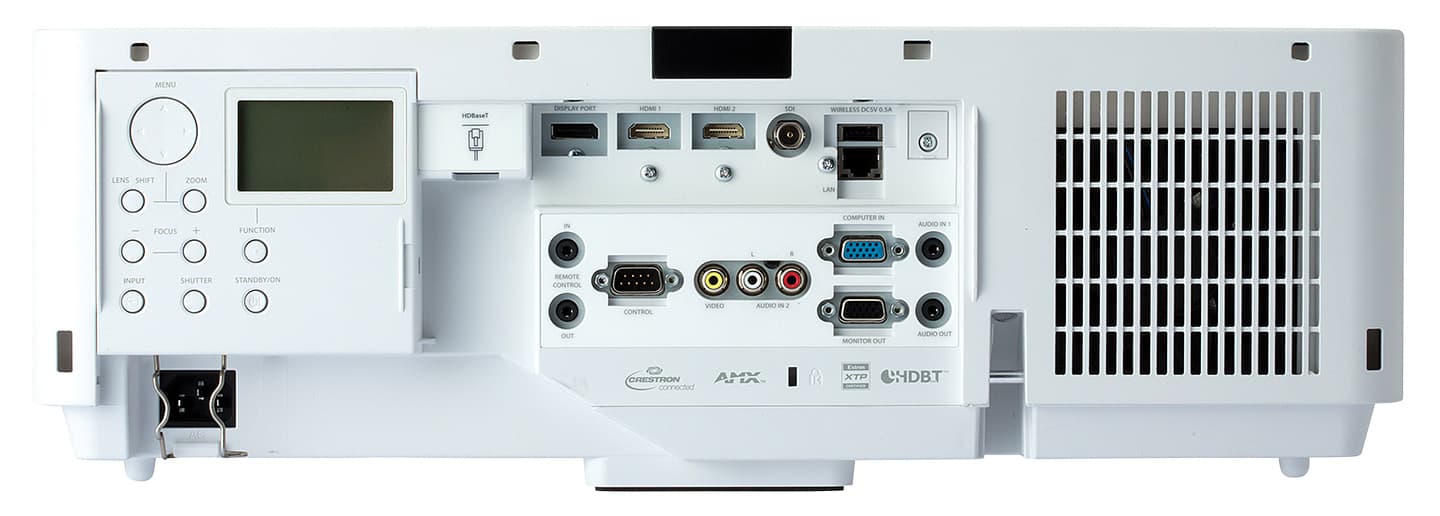
COST OF OWNERSHIP
After I powered up the CP-HD9321, the projector briefly flashed up a logo after 42 seconds, and then 10 seconds later displayed the selected HDMI signal. The image started a touch dull and slightly discoloured, but after another 15 seconds it was watchable and well within a further minute it achieved full brightness. The projector is switched off by two presses of the power key. The fan instantly dropped down to a much quieter level, and whirred away for another 77 seconds before switching off.
The unit is rated to use up to 990 Watts maximum. Each lamp is rated at 365 Watts, so I’ll assume that running in a single lamp mode consumes 625 Watts. New lamps cost $699 and each lamp is rated at 2000 hours life in normal mode, 4000 in Eco mode. Assuming electricity costs 20 cents/kWh, operation costs are going to range from just under 30 cents per hour running in Eco, alternate lamp mode, through to nearly 90 cents per hour, running in Normal mode with both lamps going.
WHO’S IT FOR?
Obviously this projector is for serious installations given the near $30,000 overall cost (including the FL-900 lens). But Hitachi has clearly thought it out very thoroughly for its intended purpose, so it’s well worth checking out, especially if you have applications which require two projectors working together.

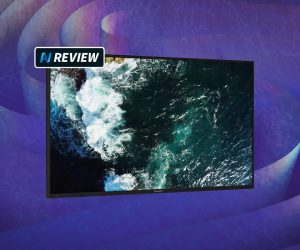
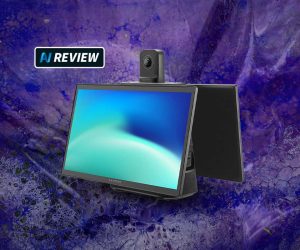
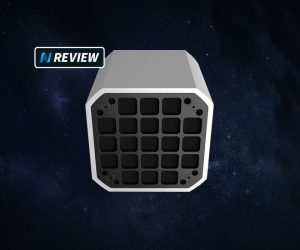
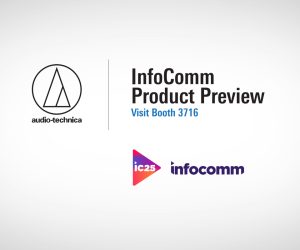
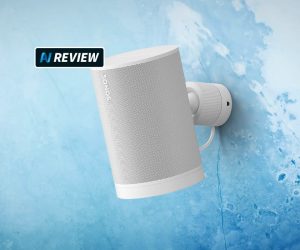
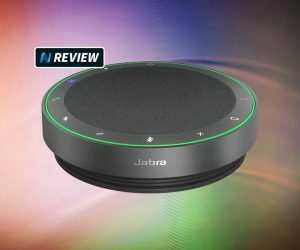
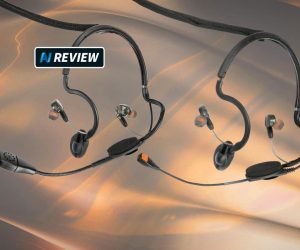
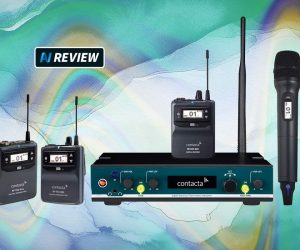
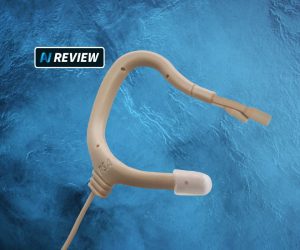
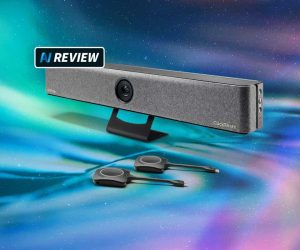
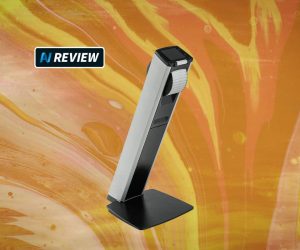
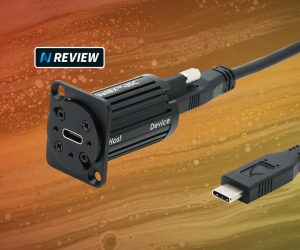


RESPONSES